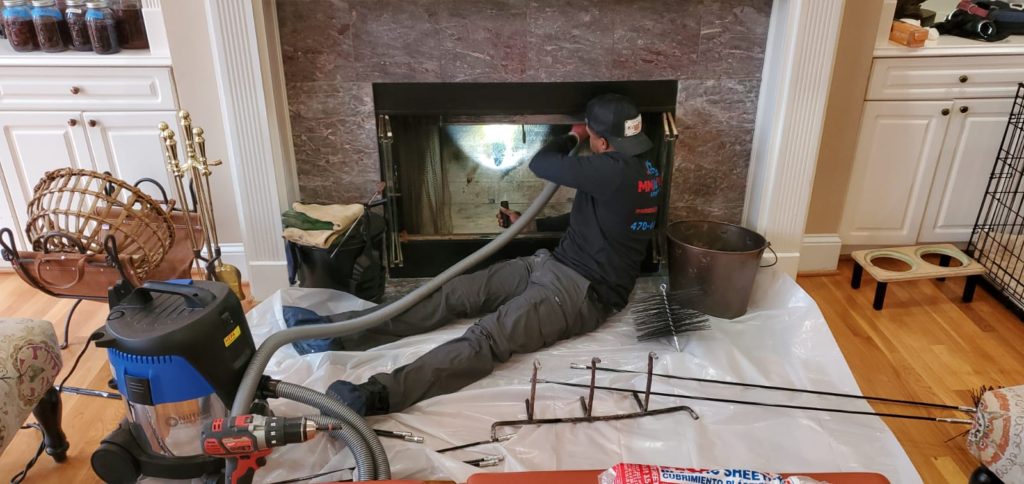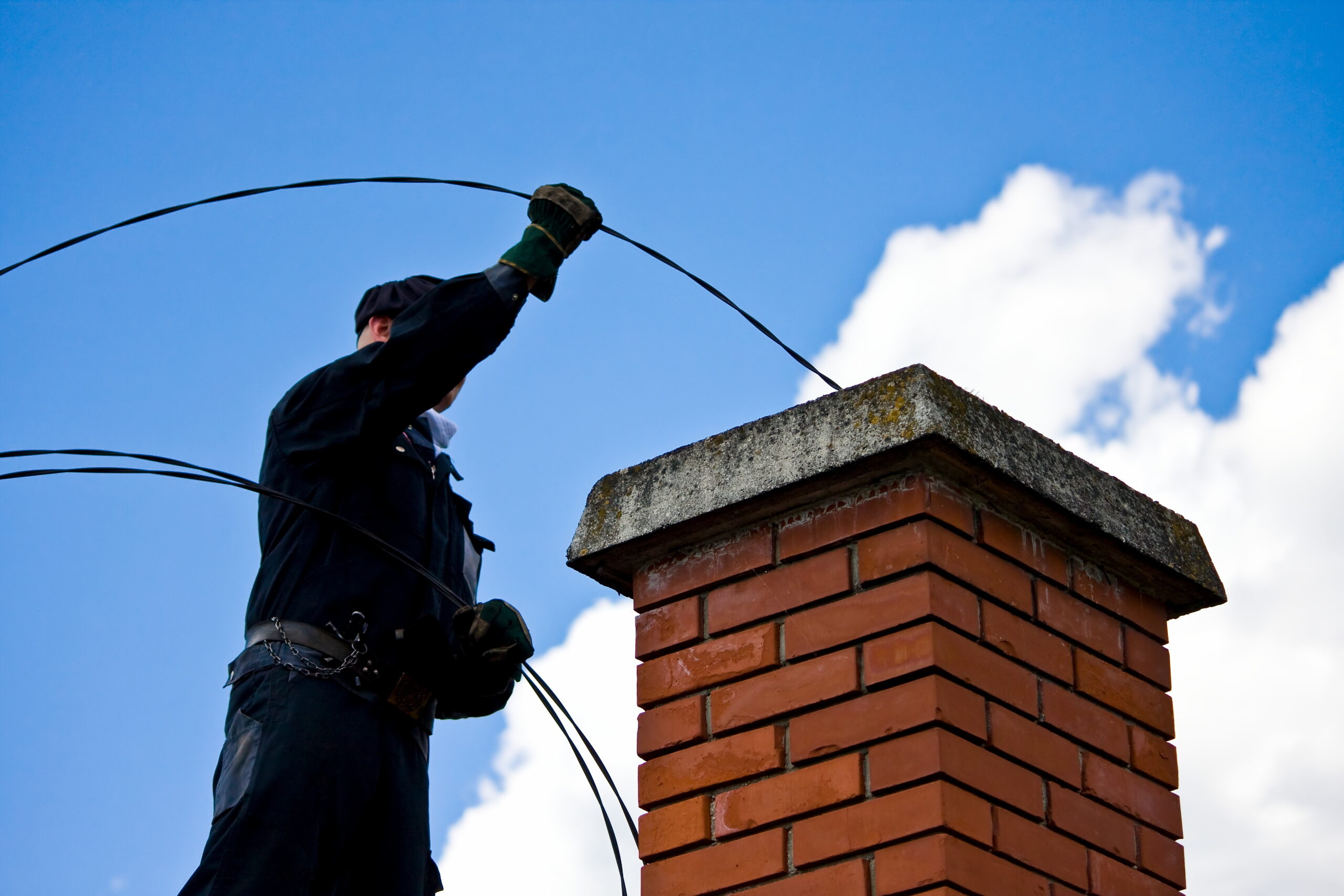Understanding the Art of Chimney Maintenance San Jose: Expert Suggestions and Approaches
Understanding the Art of Chimney Maintenance San Jose: Expert Suggestions and Approaches
Blog Article
Specialist Tips for Effective Smokeshaft Maintenance You Need to Know
Smokeshafts serve as crucial parts in lots of homes, providing heat and comfort. From the importance of routine inspections to risk-free functional techniques, a comprehensive technique to smokeshaft maintenance is necessary.
Importance of Regular Inspections
Normal examinations of chimneys are important for guaranteeing their safety and functionality. Smokeshafts play an important function in airing vent out unsafe gases and maintaining correct airflow in a home. In time, creosote buildup, particles, and structural damage can happen within the chimney, posturing major dangers such as chimney fires or carbon monoxide leakages.
Throughout a chimney evaluation, educated professionals analyze the condition of the chimney, trying to find any indicators of damages, blockages, or degeneration. They likewise check the integrity of the flue, smokeshaft lining, and smokeshaft cap to make certain whatever remains in appropriate functioning order. By recognizing and attending to problems early on, pricey repairs or possible risks can be avoided.
Regular evaluations not only assist in keeping the safety and security of the chimney yet likewise add to its total efficiency. A properly maintained and tidy smokeshaft runs much more efficiently, making sure correct ventilation and reducing the risk of indoor air pollution. Therefore, organizing annual chimney inspections is an aggressive action that home owners can require to shield their property and loved ones.
Cleaning Methods and Regularity
Keeping the safety and performance of a smokeshaft entails not only normal assessments yet additionally implementing appropriate cleaning strategies and establishing the optimum frequency for cleaning. Chimneys should be cleansed by an expert chimney sweeper a minimum of annually, also if they are not often used. However, if the smokeshaft is utilized on a regular basis, specifically with wood-burning ovens or fireplaces, it may call for more constant cleanings to stop the build-up of creosote, an extremely flammable material that can cause chimney fires.
Homeowners ought to never disregard smokeshaft cleaning, as it is important for preserving a risk-free and functional chimney system. Regular cleanings not only minimize the danger of chimney fires but additionally boost the smokeshaft's overall performance and longevity.
Resolving Chimney Leaks

When resolving smokeshaft leaks, extensive examination and prompt fixings are vital to stop water damage and keep the architectural stability of the chimney. Leaks in a smokeshaft can lead to severe issues such as mold and mildew development, degeneration of the smokeshaft framework, and also potential fire threats. To efficiently resolve chimney leakages, beginning by examining the smokeshaft cap, crown, flashing, and masonry for any indications of damages or wear. Smokeshaft caps should be firmly in place to stop water from entering, while the crown and flashing must be undamaged and correctly secured. Any cracks or voids in the stonework ought to be repaired promptly to avoid water seepage. In addition, consider waterproofing the chimney to supply advice an additional layer of defense versus dampness. Normal upkeep and inspections can help resolve and identify chimney leaks early, conserving you from costly repair services and making certain the safety and long life of your smokeshaft.
Recognizing Creosote Accumulation
To comprehend the prospective risks of creosote build-up in smokeshafts, it is vital to acknowledge its formation process and influence on smokeshaft efficiency. Creosote is a black or brownish tar-like material that accumulates inside smokeshaft systems when wood or fossil fuels are shed. As smoke rises with the smokeshaft, it cools and condenses, leading to the development of creosote, which follows the smokeshaft wall surfaces.

Normal smokeshaft evaluations and cleanings by a specialist chimney sweeper are crucial in protecting against creosote build-up and guaranteeing the secure operation of your smokeshaft system.
Safe Procedure Practices
Executing correct security methods is necessary for the safe and secure and efficient procedure of smokeshaft systems. Always make certain that the chimney is skillfully inspected and cleaned up frequently to remove any kind of creosote buildup, which can lead to smokeshaft fires.
Additionally, see to it to only shed seasoned wood in your fireplace, find more information as wet or environment-friendly timber can create more creosote and trigger unsafe chimney blockages. Never leave a fire unattended and always make sure the fire is totally snuffed out prior to going to bed or leaving the residence. By adhering to these safe operation methods, you can delight in a relaxing and warm fire while making sure the safety and security of your home and enjoyed ones.
Final Thought
In final thought, preserving your smokeshaft is necessary for guaranteeing its security and efficiency. Routine inspections, correct cleaning techniques, resolving leaks, handling creosote accumulation, and following safe operation techniques are key elements of smokeshaft maintenance.
Over time, creosote build-up, particles, and structural damages can take place within the smokeshaft, presenting serious risks such as chimney fires or carbon monoxide leakages.
If the smokeshaft is used frequently, particularly with wood-burning cooktops or fire places, it may need even more regular cleansings to prevent the accumulation of creosote, a very flammable material that can lead to smokeshaft fires. (Chimney Maintenance San Jose)
To understand the possible threats of creosote accumulation in smokeshafts, it is crucial to recognize its development process and effect on chimney efficiency. As smoke increases through the smokeshaft, it cools down and condenses, leading to the development of creosote, which sticks to the smokeshaft walls.
Constantly ensure that the chimney is professionally examined and cleaned consistently to eliminate any type of creosote build-up, which can lead to smokeshaft click this fires.
Report this page